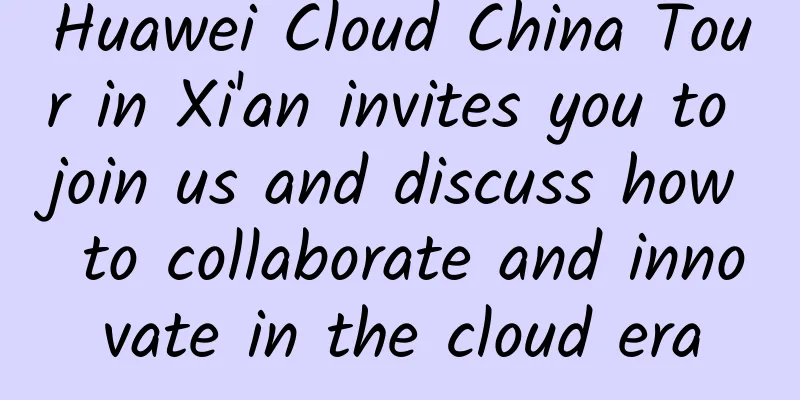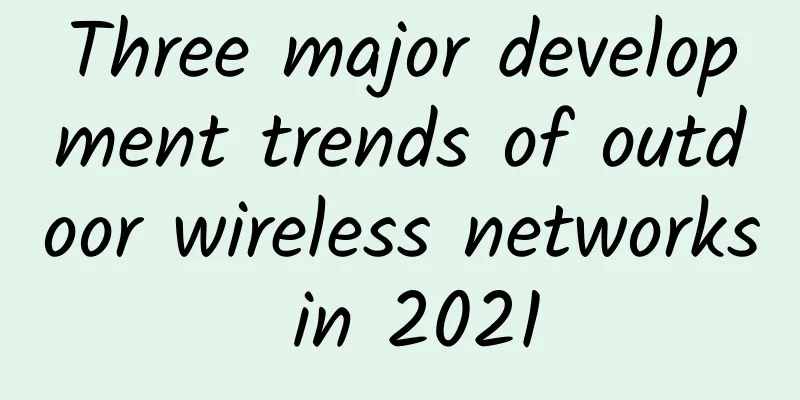What are the challenges of using multiple team collaboration apps?

|
Many companies are already using various team collaboration platforms today. But it is not easy to manage them effectively. So, what should companies pay attention to when dealing with multiple team collaboration applications? Overseeing multiple collaboration applications can present a variety of challenges. This is an important topic because most enterprises use more than one collaboration platform—often spanning both team collaboration and unified communications (UC). Things get even more complicated when an enterprise works with external organizations, who are likely using a different collaboration platform than theirs.
To a large extent, using multiple team collaboration applications is inevitable. Many applications are now cloud-based, and their user-centric nature means that individuals or teams can easily access the platform that best suits their needs without involving IT. Therefore, it is unrealistic for IT departments to adopt just one platform for all forms of collaboration. Instead, the focus should be on finding the best way to solve key challenges. At a high level, it is best to consider the issue from two perspectives: the IT team and the end user. Challenges facing IT teams Obviously, supporting multiple platforms places more demands on IT teams, especially when end users take matters into their own hands and start using consumer-grade products. These applications may not integrate well with other platforms, will be less functional, and may introduce new security risks. While they may be convenient for end users, they can be problematic for IT departments, so this activity should be avoided as much as possible. Regardless of which platform is used for collaboration, supporting multiple platforms requires IT to manage more moving parts to ensure they all work together. Basic governance (which includes password management, usage policies, administrative controls, and industry compliance) will fall to IT and may require more resources. Licensing costs are another consideration, as there are no economies of scale when supporting multiple platforms. This can make collaboration investments more expensive than they need to be. Challenges faced by end users How employees interact with multiple team collaboration applications presents a different set of challenges, as each platform will have a different user experience. Some employees will collaborate better over video, while others prefer a mobile setup. Power users will seek customizations to make their user experience more personalized. All of these needs can’t be solved with just one platform, so collaboration can become a messy process that requires a lot of effort to break down those silos. This is an important consideration, as it would undermine the platform’s core benefit of making employees more productive. These issues revolve around consistency in the user experience and can impact employee productivity. Basic functionality like chat, calendar integration or meeting management will vary across platforms, as will features like mobile support or browser-based apps supported by the platform. If phone calls are a key channel for collaboration, native public telephone switched network (PTSN) support is necessary and not available on all platforms. A unified user experience is critical to the UC value proposition, so the more collaboration platforms and applications are used, the more difficult it is to achieve full and seamless collaboration. IT teams must be prepared to teach users how to work on multiple platforms using tutorials and other training methods to manage their hybrid deployment environment. |
<<: What does 5G bring to the Internet of Things today and tomorrow?
>>: Huawei releases full-scenario intelligent connectivity solution
Recommend
8 Internet startups that could change the industry
The current network industry seems to no longer f...
The role of LoRaWAN and IoT in optimizing asset management
The role of the Internet of Things (IoT) and LoRa...
[Sharing] Project Practice of Network Automation: Scenarios, Tools and Solutions
[51CTO.com original article] Network automation i...
VMISS VPS 30% off monthly payment starting from 18 yuan, Hong Kong CN2/Korea CN2/US CN2/Japan optional
VMISS currently offers a 30% discount coupon for ...
The Ministry of Industry and Information Technology reminds you to set the SIM card password in time. Doing these four things after losing your phone is more important than calling the police.
[[347353]] If you lose your phone, do you know wh...
[Black Friday] CloudCone: Los Angeles VPS from $16.79/year, Premium SC2 from $32.94/year
CloudCone's Black Friday promotion is in prog...
New infrastructure accelerates digital transformation and network security requires the principle of "three non-dependence"
Since the beginning of this year, as the real eco...
What are the differences between the 8 modes of 5G independent networking and non-independent networking?
5G is the fifth generation of communication techn...
It feels so good to be validated!
Hello everyone, I am Xiaolin. Previously, I answe...
Yecao Cloud's New Year's Big Offer: Hong Kong VPS annual payment starts from 138 yuan, Hong Kong dedicated server starts from 299 yuan/month
Yecaoyun has announced a huge discount event for ...
5G mobile phones start at 8,000 yuan. Use WiFi to experience 5G network first
Terminals that support 5G will be launched in 201...
Building a strong network nation, Inspur Cisco network helps government information construction
At the "Joining Inspur's Thinking and In...
TripodCloud: CN2 GIA high-bandwidth VPS hosting starting from $63/year, configuration doubles with three-year payment, optional large hard drive
The tribe began sharing about Yunding Network in ...
Compared with IPv4, IPv6 is more than just an increase in address length
As we all know, the length of IPv6 IP address is ...
Huawei was named "Most Innovative Company" by Brand Eins and "Best Employer" by LinkedIn in Germany.
[Düsseldorf, Germany, March 22, 2018] Huawei was ...









